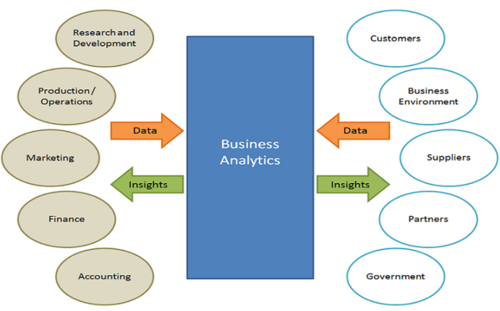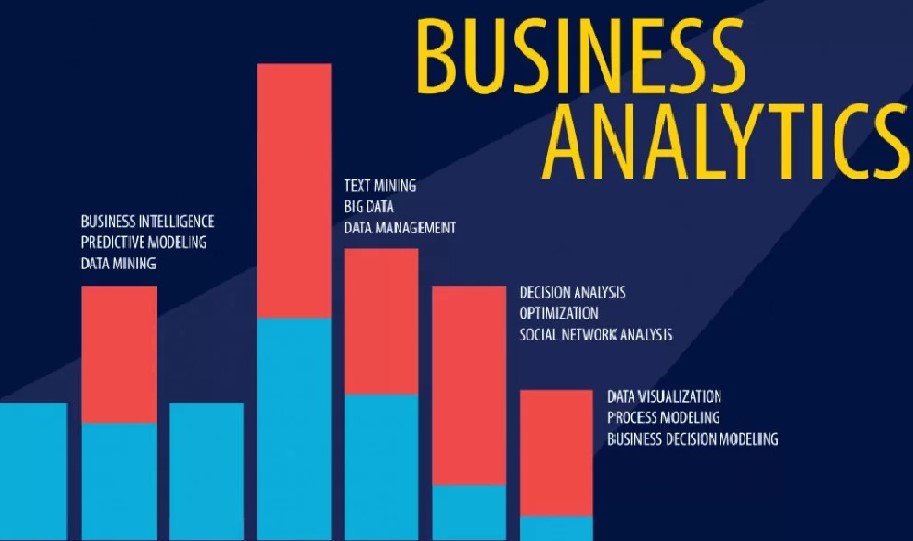Business Analytics
Business Analytics
Business analytics is the practice of analyzing and interpreting data to gain insights into business performance and identifying areas for improvement. This process can be enhanced with the use of various techniques and tools, such as predictive analytics, machine learning, and natural language processing, which empower analysts and business users to glean insights from structured and unstructured data sources. Business analytics is used in almost every industry across a variety of roles. However, the goal is always the same—business analytics is used to uncover patterns, trends, correlations, and other insights that can be used to make decisions, improve processes, and inform strategic planning. By leveraging business analytics, companies and their teams can make data-driven decisions rather than relying on intuition or gut feeling.
Data Aggregation
prior to analysis, data must first be gathered, organized, and filtered, either through volunteered data or transactional records.
Data Mining:
data mining for business analytics sorts through large datasets using databases, statistics, and machine learning to identify trends and establish relationships
Association and Sequence Identification:
the identification of predictable actions that are performed in association with other actions or sequentially .

Forecasting:
analyzes historical data from a specific period in order to make informed estimates that are predictive in determining future events or behaviors
Text Mining:
explores and organizes large, unstructured text datasets for the purpose of qualitative and quantitative analysis.

Predictive Analytics:
predictive business analytics uses a variety of statistical techniques to create predictive models, which extract information from datasets, identify patterns, and provide a predictive score for an array of organizational outcomes
Optimization:
once trends have been identified and predictions have been made, businesses can engage simulation techniques to test out best-case scenarios.
Data Visualization:
provides visual representations such as charts and graphs for easy and quick data analysis.
Benefits of business analytics
Improved Decision-Making
Business analytics helps organizations make better decisions by providing data-driven insights into customer needs, competitor strategies, and other market trends. With the help of analytics, businesses can identify areas for improvement and develop actionable plans for achieving their strategic goals.
Cost Savings
By leveraging business analytics tools and techniques, businesses can gain visibility into their processes and identify areas for cost savings. This helps organizations reduce operational costs and optimize resources to achieve maximum efficiency.
Enhanced Customer Experience
Business analytics allows companies to understand customer needs better, preferences, and behaviors which helps them develop products or services that meet their expectations. Additionally, it provides insights into customer satisfaction and helps companies identify areas for improvement.
Increased Efficiency
By using analytics, businesses are better equipped to optimize their processes and allocate resources more efficiently. This helps organizations reduce waste and maximize productivity.
Improved strategic planning
Business analytics provides insights into market trends, competitor strategies, and other important metrics that can inform strategic planning.
By leveraging data-driven insights, businesses can develop more effective analytics strategies better suited to the current market conditions.
